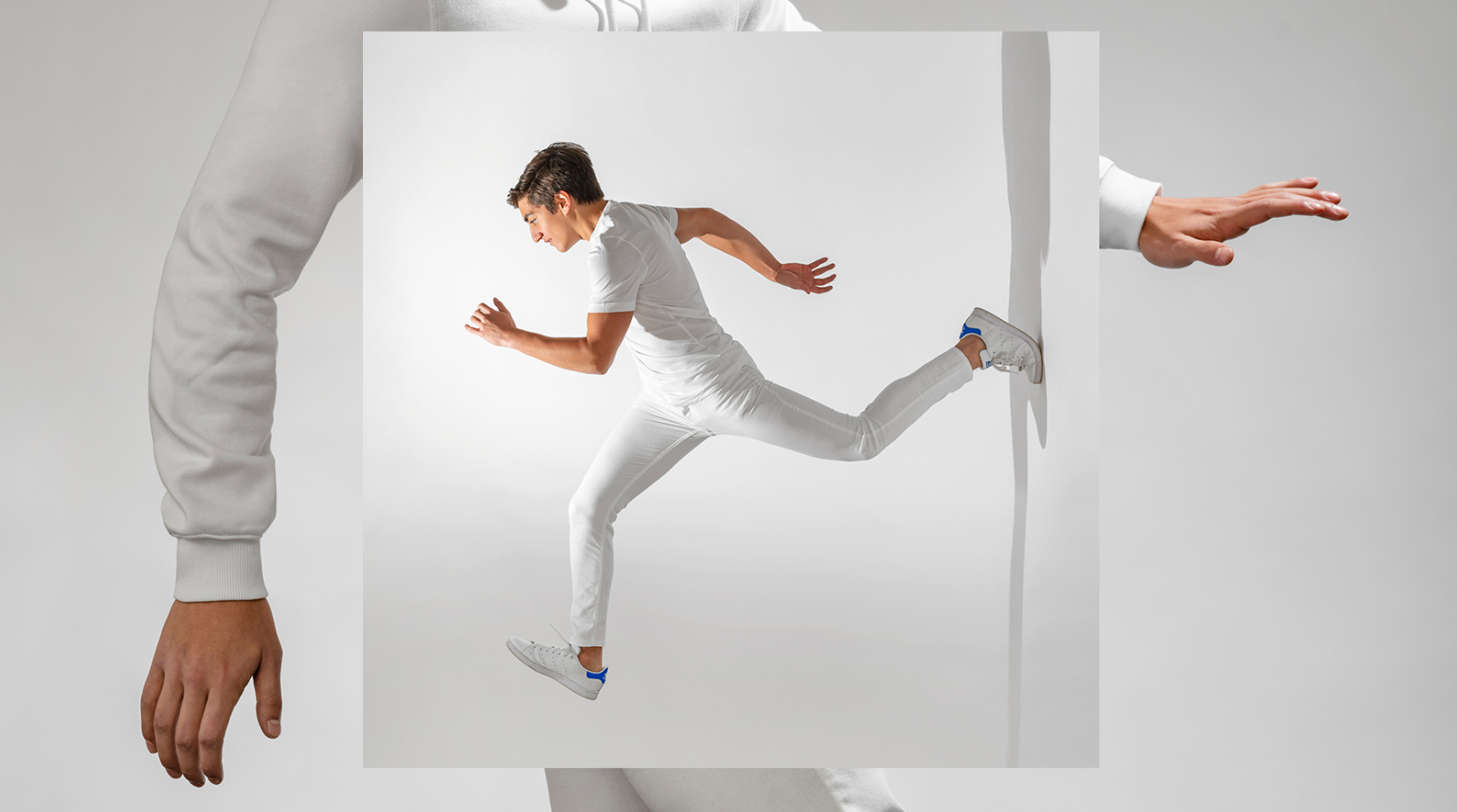Creativity is always flexible
Having a set process but an open mind to add or subtract stages depending on the context should be the way designers work; letting go of our gimmicks and opening ourselves to new perspectives.
Another week, another project being kicked off at the branding people. Designers and studios spend years perfecting their creative process; tweaking little details to make work more efficient, planning the days needed to develop a creative concept or graphic asset, creating timelines and workflows in order to deliver projects in a timely matter. We have spent entire days planning and one little email from a client can completely change the timeline, which is sometimes disruptive but I can’t help but wonder if that is necessarily a bad thing.
Working in a creative field as we do, these situations can happen more often than not. We are creating communication systems that involve images, colors, typefaces, different tastes, client, and market needs, just to name a few things that come to play. We rarely come across a client that will approve a proposal on the first round, since there’s always small —or big— tweaks that can be made, and as hard as it can be to receive negative feedback, we always keep in mind that in the end, we are all working towards the same goal: designing systems that are functional, aesthetically pleasing and eloquent with the needs of all stakeholders.
At tbpmx we pride ourselves on our creative and design processes; it has been worked on for almost 10 years now and when we say that something works, it is not based on speculation but in actual empirical proof. Previous and current teams have left their mark on these processes and we believe in them and the results they’ve given. For the past year, however, we have noticed that we need to embrace change and make it part of the creative process, and I personally see this as something to be welcomed and embraced.
We have had clients that ask for reviews when they are not programmed, for mood boards to be sent when we usually don’t do that, or for quick calls to go over a visual reference they’ve encountered after or first debrief call. In the end, all of this ends up adding to the final proposals and we always end up thinking how great it was to have that extra call or review.
As creative professionals, we protect our designs like we would protect our children; they are a little part of our minds embodied in design pieces, and sometimes our ego can get in the way of accepting criticism or feedback. We have to keep in mind that in the end, our job is to come up with design solutions to our client’s needs; we’re not making art to express ourselves. Keeping the mind open to breaking our processes and accommodate an external request or feedback —as long as it is well-grounded and for the well-being of the project— is a practice that we encourage and that we have learned to do with every new project.
Having a set process but an open mind to add or subtract stages depending on the context should be the way designers work; letting go of our gimmicks and opening ourselves to new perspectives. Creativity is always flexible, and its processes must be the same. In the end, you will have a beautiful and functional project that was seen by many eyes to make sure it was the best it could be, and for us, that collaboration is what great design is all about.
If you want to know more about our creative process, stay tuned because we have exciting news coming soon!



